According to the Harvard Business Review, Covid-19 has made the sales leaders, managers, and salespeople more receptive to change. The pandemic has forced sales managers to regroup and ask important questions such as:
- What kind of strategies can align the virtual selling environment with the new buying realities?
- To what extent should the sales process be virtually driven?
- What kind of sales management decisions and tools should the team collaboratively embrace to make way for a seamless virtual sales process?
In this article, we will cover all this and more so that you can sell smart, remotely.
Let’s jump right in.
This article includes:
(Click on a link to go to a particular section)
- Key Roles and Responsibilities of a Virtual Sales Team
- 7 Virtual Selling Tips to Help You Succeed
- Top-5 Essential Tools to Win at Virtual Sales
Key roles and responsibilities of a virtual sales team
In this section, we will outline the key roles and responsibilities of a virtual sales team that can deliver impactful results. The primary role of your virtual sales team is to effectively communicate virtually, accelerate the sales cycle, and multi-task on a host of virtual tasks such as:
- Engaging in cold calling
- Doing data entry
- Scheduling appointments
- Updating CRM activities
- Driving sales promotion and development
- Engaging in lead generation efforts
- Conducting prospect research
- Fielding phone calls
Given the vast multitude of responsibilities that the team needs to undertake, with limited resources and budgets, it makes sense to understand the key best practices to optimize your virtual sales process. Keep reading.
7 virtual selling tips to help you succeed
There’s more to virtual sales than making video calls and connecting with customers. The end goal is to drive meaningful customer interactions and build brand loyalty, albeit virtually. Considering that getting your prospect’s attention and driving engagement is already a tough nut to crack during in-person sales meetings, the challenges quadruple when you’re selling virtually. In this section, we will talk about the top-7 virtually selling strategies that can make your job easier:
1. Access the right sales tools
According to a recent Gartner report, “The chief sales officers (CSOs) are preparing for a more permanent shift to a virtual selling reality, with 32.8% of them considering to invest in new technology:”
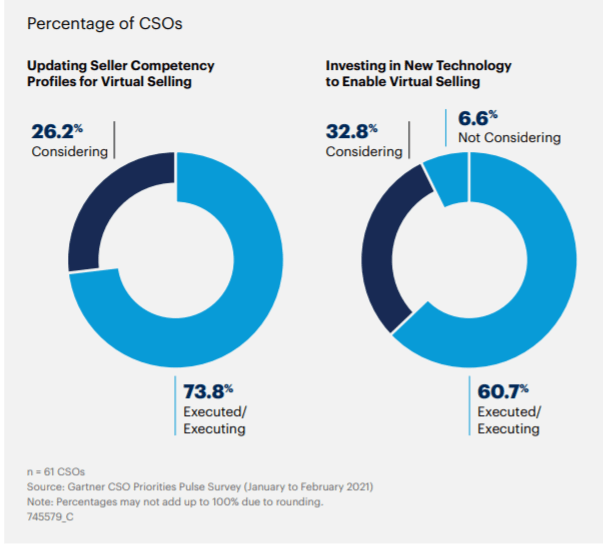
With virtual selling here to stay, it makes sense to invest in the right tools that can empower your sales team to perform better. Here are a few tips to keep in mind when zeroing on a virtual selling tool:
- Collaborate with your sales team while brainstorming on the options. After all, it is your sales agents who are going to use the tool and drive deals.
- Conduct an in-depth survey within the organization to understand the kind of tool that people like.
- Do your market research to understand which tool would be the right fit for your sales goals.
- Analyze your sales strategies as well as your overall business goals to find cost-effective sales technologies that can cater to both aspects.
The learning: The future of selling has a vital ‘virtual’ component added to it. With organizations going remote, virtual selling will become the norm as businesses look to scale operations while cutting costs using the right mix of digital technology.
2. Invest in social selling
Did you know that around 54% of social media users use social media channels to research products and 71% are more likely to purchase products and services based on social media referrals? Clearly, if you’re not engaging in social selling, you are losing out on a big chunk of prospects and leads.
Social media is no longer restricted to strictly private conversations; buyers and consumers are using social media to connect on a more intimate level and solve the prospect’s problems:
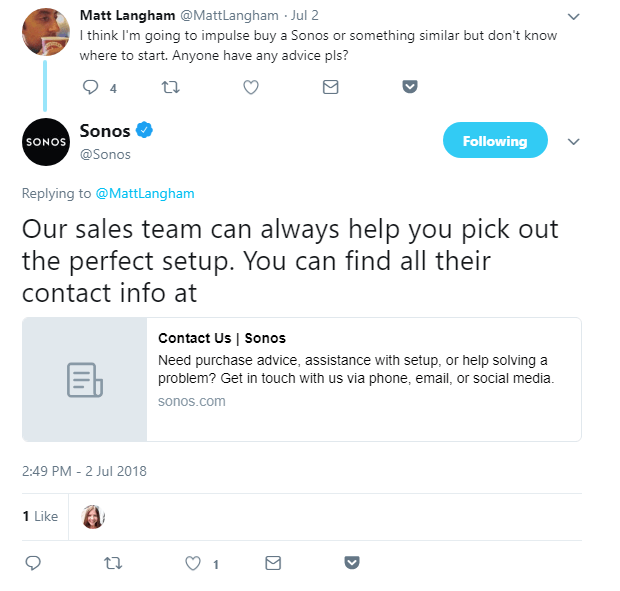
Social selling poses multiple benefits for a sales agent. It allows them to:
- Zero in on prospects and build a rapport with a network of potential leads on likeminded groups, forums, and communities:
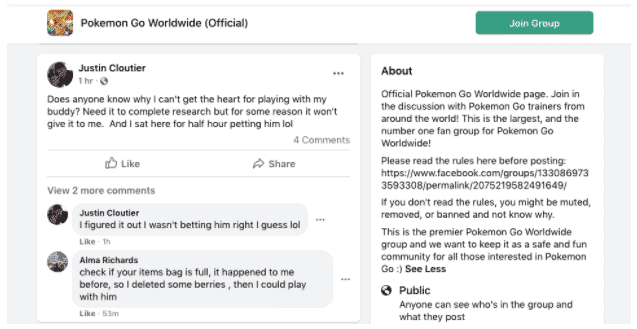
- Build credibility and trust with the existing user base by demonstrating thought-leadership via blogs, posts, etc. and sharing insightful and relevant content:
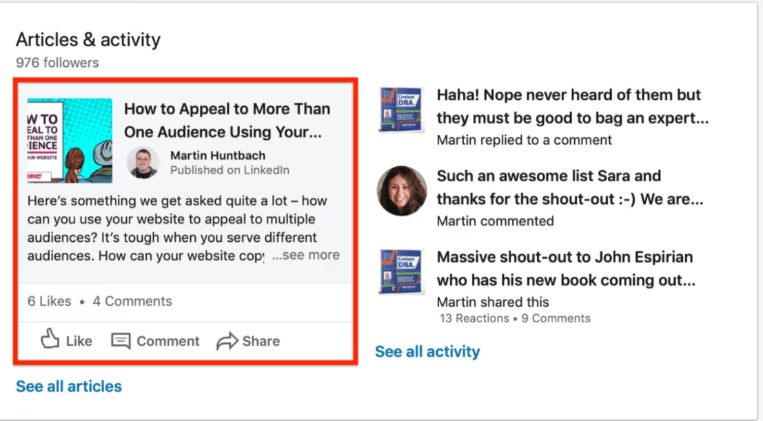
- Engage with a wider audience through personalized insights and use social media channels as a feedback forum to gather user opinion, pain-points, and preferences:

- Drive meaningful relationships and capitalize on a huge target base through personalized messaging:

The learning: Social selling and social listening should be an integral part of your team’s selling culture. It allows you to reach a wider, richer target audience, and close deals more effectively. According to data, 64% of sales reps who invest in social media hit their team quota as compared to 49% of those who don’t use social media.
3. Focus on developing smart marketing messages
In today’s day and age, getting your message noticed at the right time to the right user is a herculean task. If you think that writing smartly worded copy and a few images will get the job done, think again. To drive smart marketing messages, here are a few time-tested tips that you can try:
- Include trustworthy, credible, and relevant backlinks to other articles on the web. This builds confidence in the information being communicated.
- Focus on driving thoughtful and thorough content, backed by data and research.
- Make sure that you post long, in-depth articles, averaging between 2000-3000 words to catch Google’s attention.
- Brainstorm and narrow down on ten key marketing messages that you wish to highlight across your marketing channels.
- Drive educational and informative videos as well as webinars on knowledgeable topics and share across your social media channels. These videos/webinars can then be converted into articles for your website’s blog section.
- Comb through your customer feedback and select the top questions that your customers want answers to. You can create an in-depth knowledge base and answer those questions effectively:
The learning: One of the foundations of impactful virtual selling is driving insightful marketing–in the form of actionable, user-centric, and value-driven blogs, website content, emails, and so on.
4. Invest time in making a killer presentation
Whether you wish to hit your monthly sales quota, close new deals, or build strategic relationships; you need a well-conceived and organized sales presentation. Interacting with consumers on the fly or on a hunch is no longer going to cut it.
Here are a few tips to consider when making your presentation:
- It should effectively demonstrate the value of your company’s products/services from the customer’s standpoint and right from the beginning.
- Make sure that the educational content is organized so that you can focus on answering questions instead of scrambling through the material.
- The presentation should add value to the user’s time so make sure to only add the pertinent details. If you don’t know where to begin, just think about the kind of interaction you would like to have, if you connected with a brand virtually.
- Focus on the baseline script and practice before you go live with a potential buyer.
- Make sure to know the technology well before going for a live virtual sales demo. You don’t want technical glitches to come in your way!
- Ensure you have access to fast internet as video streaming can consume a lot of bandwidth.
The learning: Think of your presentation as a handy tool to guide you throughout the virtual selling process. The more strategic and well-thought-out it is, the better your chances of converting the lead.
5. Give your prospect enough time to talk
To be a skilled virtual sales presenter, you need to be an active listener. After all, it is more challenging to read your prospect’s body language, understand verbal cues, and gather personality insights from virtual selling. So active listening is key. You can reword what the prospect says and let them know that you are, in fact, actually listening to them by saying something like:
“Let me see if I got this correct….”
“I hear what you’re saying, let’s….”
“I understand your concerns and am on board with…”
The learning: The art of competent listening can enable you to build a safe space where prospects can easily talk about their issues and help build a genuine relationship as well as a great rapport with your prospects from the get-go.
6. Make virtual meetings more effective for closing sales deals
Whether you are sending an email or conducting a live sales demo, it is critical to focus on the quality of customer interactions instead of driving the quantity. This will boost the overall effectiveness and allow you to close sales faster.
Here’s an example of a robust framework to enable effective virtual selling, as recommended by Gartner:
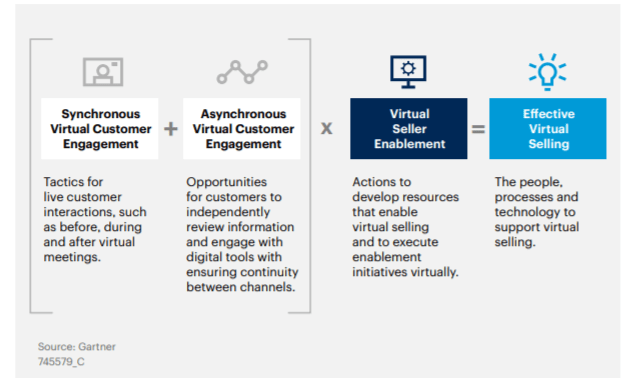
Furthermore, to make your virtual selling meeting more productive, follow these three key hacks:
- Offer customers a variety of virtual meeting tools to choose from–be it Zoom, Microsoft Teams, Slack, etc.
- Make sure to invest in the ‘essentials’ to drive a frictionless meeting. This includes having an HD camera, using a microphone, ensuring there’s extra lighting, etc.
- Close the session only after you have outlined the concrete next steps so that you know which direction you are headed in and can pivot your strategy accordingly.
The learning: There are thousands of ways to enhance your virtual selling process. There really is no ‘one-size-fits-all’ strategy that works. The idea is to make the process seem natural and as seamless as possible, for both, the buyer and the seller.
7. Track the right metrics
To build an effective and results-oriented virtual selling strategy, it is critical to align your virtual sales strategy with your business goals and include the organizational context as well as culture. You should also factor in your marketing goals and align your sales strategy to your marketing targets. This allows for a more streamlined style of working, with everyone moving towards a shared goal.
You should also find the right metrics to monitor your buyer’s interactions closely by making use of CRM software or a chatbot. These include tracking your email open rates, click-through rates, monitoring the video calls for feedback and improvement, and tracking the opens and clicks on contracts you share to gauge user engagement. Finally, you can track some other critical metrics such as:
- Actual sales vs. quota or goal
- Close rate
- Sales cycle in days
- Average revenue per new client
The learning: Tracking the right metrics will throw light on how your virtual selling process is faring in terms of performance, progress, and possible friction points. Once you have the right data at hand, you can drive informed decisions and improve the overall virtual selling process.
Top-5 essential tools to win at virtual sales
In the last section, let’s look at some of the most robust virtual sales tools you can use to drive a robust end-to-end sales process:
1. Owler: The best sales intelligence software to access rich customer data
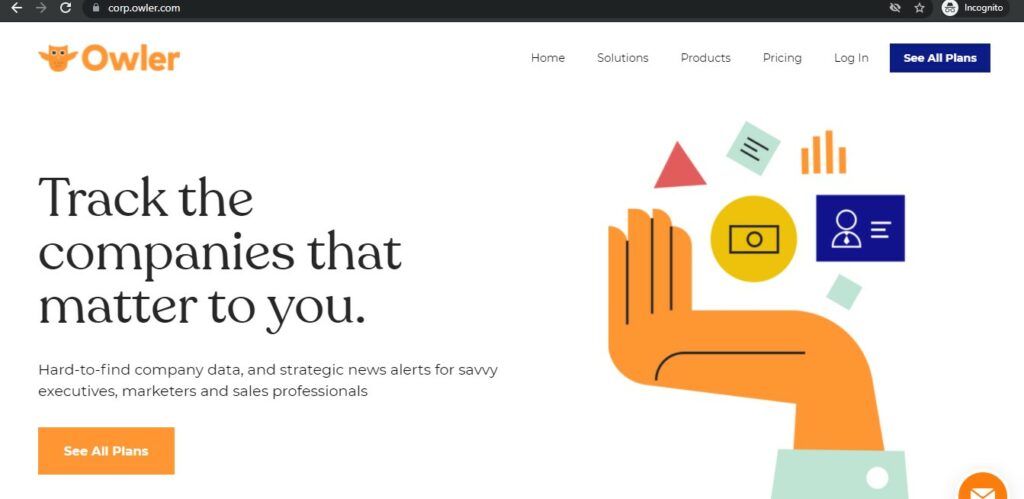
Ideal for: Sales professionals who want to discover leads, research accounts, personalize their outreach with real-time news tracking for the companies in the pipeline, and customize the marketing and sales communications.
You can search for prospects based on various categories such as sector, location, revenue, etc., and get critical time-sensitive prospect-related information in real-time.
2. Acquire: Digital customer engagement tool
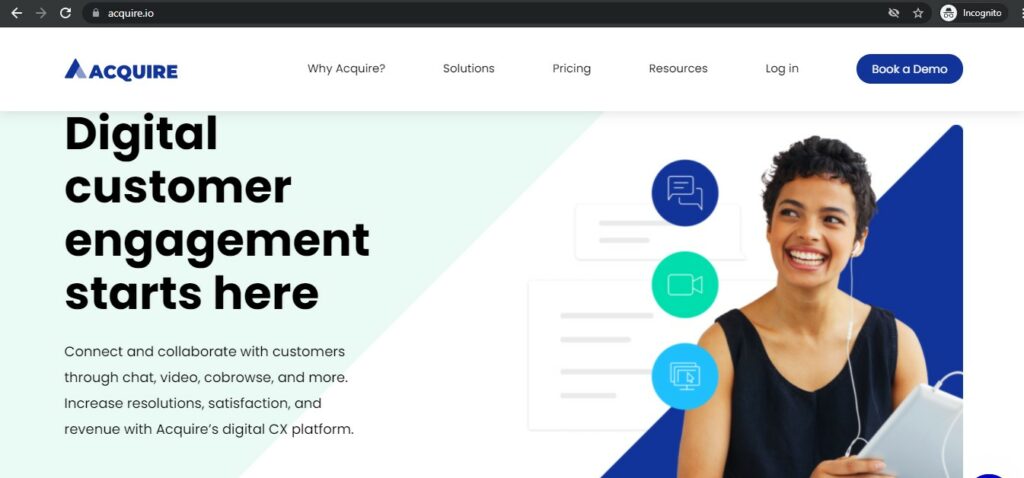
Ideal for: Sales agents who wish to recreate the in-store experience online with a 360-degree video chat capability.
Acquire’s competent video chat software allows you to seamlessly connect and collaborate with customers using a plethora of tools such as live chat, chatbots, co-browsing, etc.
and boost user engagement anywhere, anytime.
3. Salesforce: The #1 growth platform for digital sales
Ideal for: Sales agents who wish to manage leads more effectively, monitor their pipeline more accurately, automate administrative tasks, and close more deals faster.
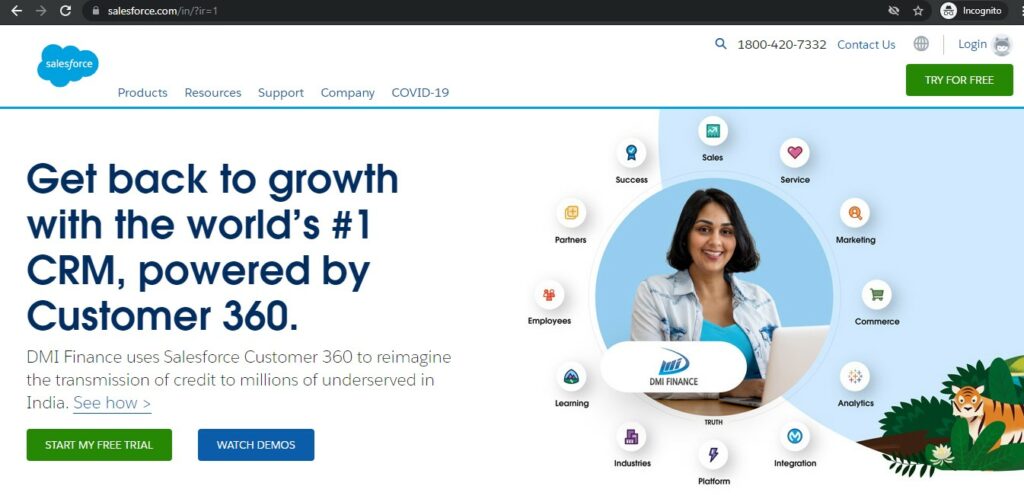
This is a Customer Relationship Management platform that allows you to access 360-degree customer data–from their purchase history and interactions to their needs and wants, this tool empowers agents to search for and pull up the exact information in real-time for an effective and accurate query resolution.
Trying to increase productivity within your virtual sales team? This article will show you how to track time in Salesforce to improve your team’s productivity.
4. Lucidchart: Visualize the best path to sale
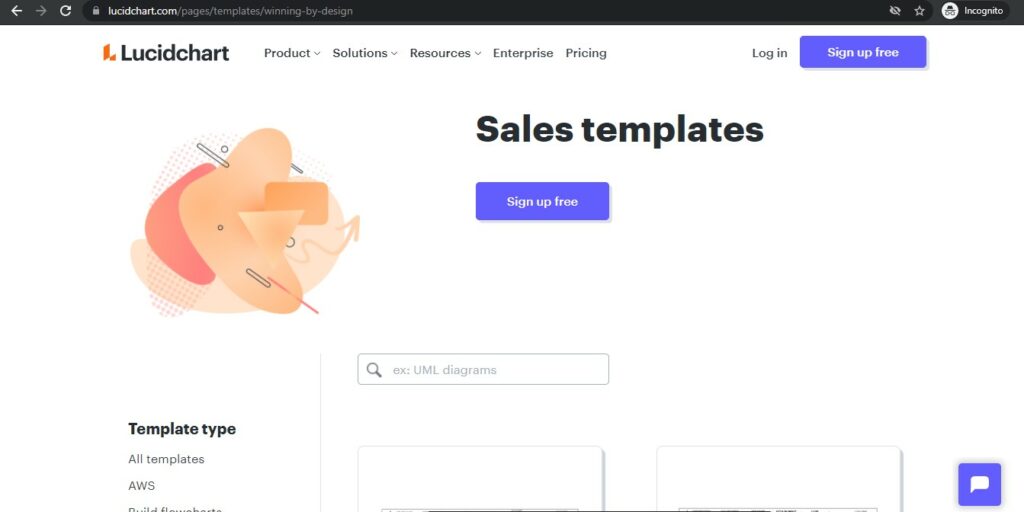
Ideal for: Aligning your sales team and discovering actionable insights to hit your sales target.
Whether you wish to make sense of your CRM data and uncover valuable insights about your buyers or coordinate, communicate, and execute on account-based strategies, this tool enables you to work around a complex sales process and deliver results every single time.
5. LinkedIn (Sales Navigator): The best virtual sales tool for social selling
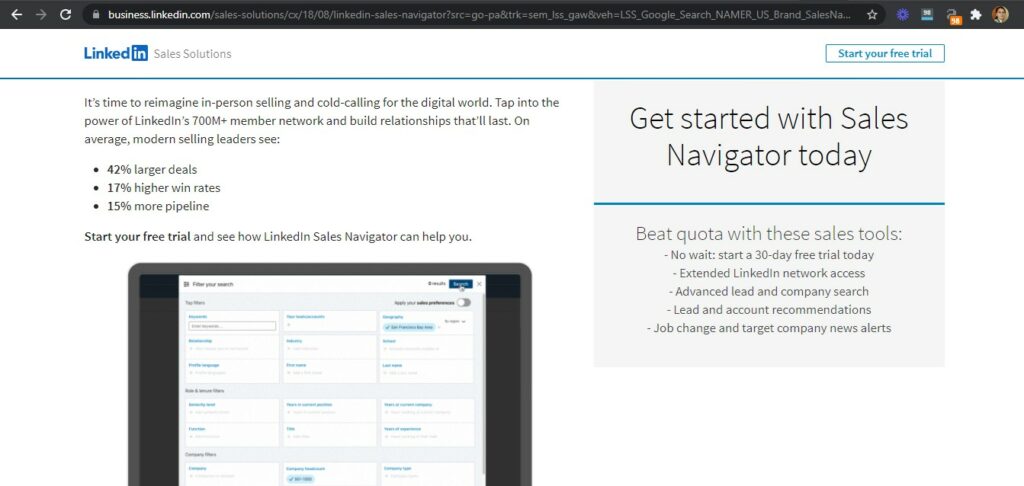
Ideal for: Agents who want to target the right buyers, understand key insights, and make their outreach personalized.
Using Sales Navigator allows you to keep a finger on the pulse of your customer’s current needs, share content and drive open dialogue with existing users and potential leads, etc., with effortless ease.
The bottom line
The ability to sell virtually is an art–one that requires plenty of practice and the right ‘strokes’ to create masterful selling.
In today’s increasingly remote-driven environment, virtual selling has emerged as a must-have as opposed to a nice-to-have. Embrace these tools, strategies, and hacks outlined above and take your virtual selling game to the next level.

Dhruv Mehta is a Digital Marketing Professional who works at Acquire and provides solutions in the digital era. In his free time, he loves to write on tech and marketing. He is a frequent contributor to Tweak Your Biz.


